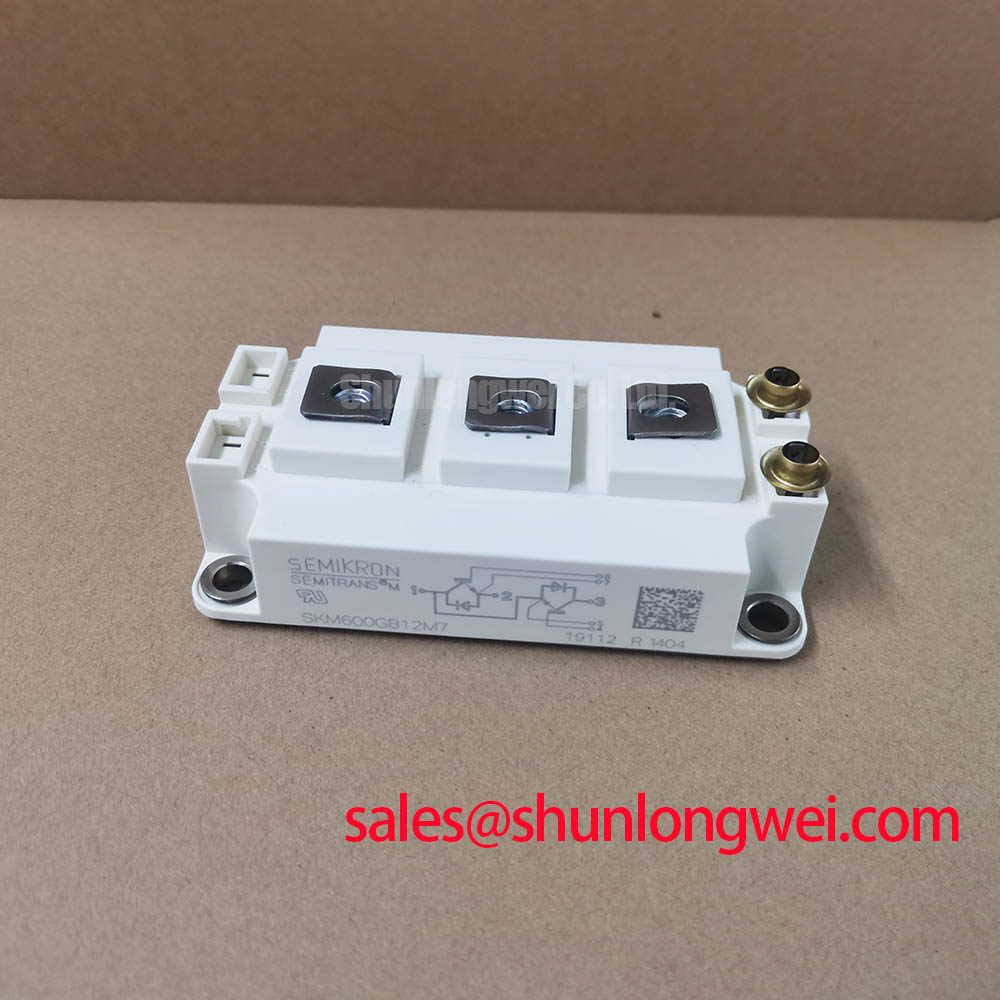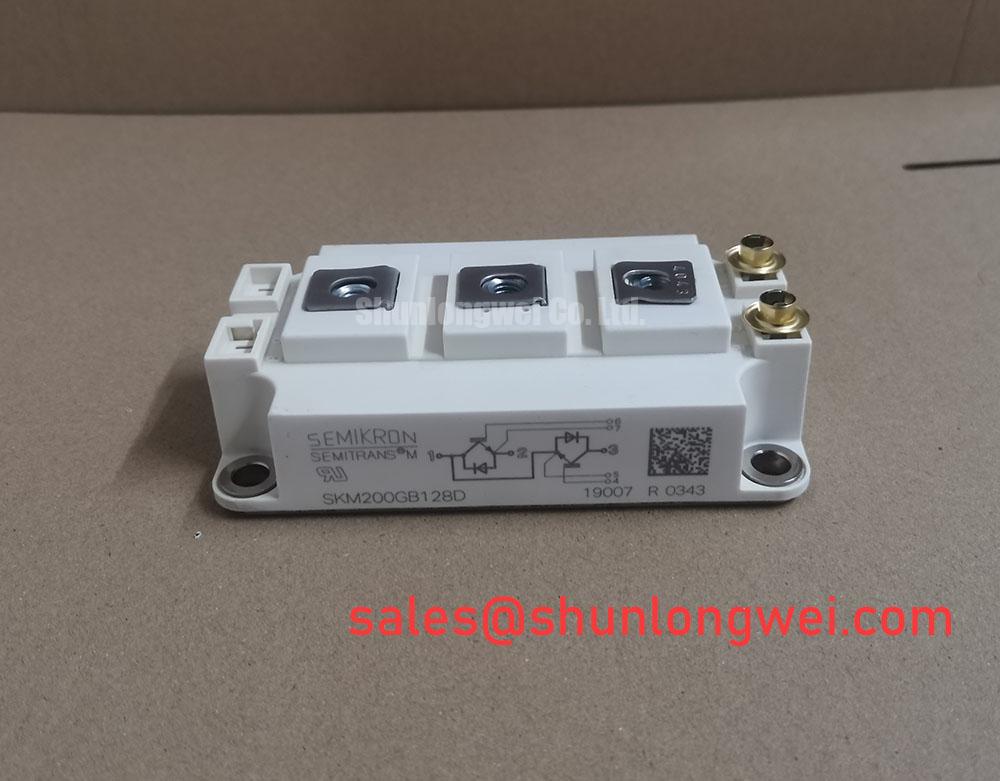David tightens his grip on the warm coffee mug, the steam barely registering against the background hum of the high-power test bay. On the bench, the charred remains of yet another IGBT module from their prototype 500A welder tell a familiar, frustrating story. For the third time this month, they’ve pushed their design to its limits, chasing the performance needed for deep penetration welding on thick plate steel, only to be met with catastrophic thermal runaway. The pressure is on to deliver a next-generation machine that’s not just powerful, but reliable enough to survive years of brutal, ten-hour shifts in a shipyard. His team is stuck, battling a trifecta of high switching losses, inadequate short-circuit tolerance, and a thermal design that just can’t keep up. He needs more than just a higher current rating; he needs a fundamental shift in the power module’s capability.
This scenario is the daily reality for many power electronics engineers in the industrial welding sector. The demands are simple to state but incredibly difficult to achieve: unwavering arc stability, maximum power efficiency, and near-indestructible reliability. This is where a strategic component choice, moving beyond incremental upgrades, becomes a design imperative. The SKM600GB12M7, a 1200V / 600A half-bridge module from Semikron, represents precisely this kind of strategic shift, leveraging next-generation chip technology to directly address the core pain points of high-power inverter design.

The Brutal Reality of a Welder’s Electrical Environment
Before diving into the specifics of a module, it’s critical to respect the battlefield. A welding inverter is not a gentle application like a solar converter or a standard motor drive. It’s an environment characterized by controlled violence:
-
- Pulsating High Currents: Modern welding techniques rely on precise, high-frequency current pulses to control the arc and material deposition. This subjects the IGBTs to relentless thermal cycling on a micro-second scale.
- Inductive Load Mayhem: The welding cable and arc itself represent a highly inductive load. When the IGBT turns off, this stored energy creates significant voltage overshoots, mercilessly testing the module’s breakdown voltage and the freewheeling diode’s robustness.
- The Inevitable Short Circuit: “Sticking the rod”—a direct short-circuit between the electrode and the workpiece—is a common and expected event. The power module must be able to withstand this immense current spike for several microseconds without failing, allowing the control system to safely shut down.
- Hostile Thermal Conditions: Welding shops are often hot, dusty environments. The inverter’s ability to efficiently transfer heat from the IGBT junction to the ambient air is paramount for long-term survival.
Designing for this environment with older-generation IGBTs often means over-engineering: massive heatsinks, complex and sometimes lossy snubber circuits, and gate drives that have to work overtime to manage switching behavior. This is the engineering challenge the SKM600GB12M7 is built to solve.
Deconstructing the SKM600GB12M7: A Welder-Centric Analysis
At its heart, the SKM600GB12M7’s suitability for welding applications stems from Semikron’s latest M7 chip generation. This isn’t just a marketing term; it represents tangible improvements in silicon technology that directly translate to better performance under duress. Let’s break down the key features from an application engineer’s perspective.
Low Losses Where They Count: M7 Trench Gate Technology
The core of the module is the IGBT M7 silicon. This technology focuses on two critical parameters for a welder:
- Low VCE(sat) with a Positive Temperature Coefficient: A low saturation voltage means less power is dissipated as heat during the conduction phase (when the arc is active). The SKM600GB12M7 boasts a typical VCE(sat) of just 1.85V at 600A and 125°C. Crucially, its positive temperature coefficient means that as the chip heats up, its resistance slightly increases. This is a vital feature for ensuring stable current sharing between parallel chips within the module, preventing thermal runaway where one chip takes on more load, heats up, and then takes on even more load.
- Optimized Switching Losses: While older technologies often forced a hard trade-off between low conduction losses and low switching losses, the M7 generation provides a much better balance. For welding inverters operating at higher switching frequencies (e.g., >10kHz) to achieve better arc control, this reduction in switching energy (Eon/Eoff) is a game-changer, directly reducing the heat generated and easing the burden on the cooling system.
The Unsung Hero: The CAL HD Freewheeling Diode
In an inductive application like welding, the freewheeling diode is just as important as the IGBT itself. When the IGBT turns off, the diode must immediately take over the full load current with minimal voltage overshoot and “ring-free” behavior. The SKM600GB12M7 incorporates a “Controlled Axial Lifetime” (CAL) High Density diode. This diode technology is engineered for a “soft” recovery, meaning it turns off smoothly without the sharp current drop-off that can induce damaging voltage spikes and EMI. A robust, soft-recovery diode is essential for handling the punishing commutation cycles in a welding inverter without needing aggressive, power-robbing snubber circuits.
This advanced diode performance is a key differentiator from modules that may use less specialized diodes, which can be a weak link in high-frequency, high-current welding applications.
Design-In Workshop: From Datasheet to a Robust Welding Inverter
As an experienced engineer, I know a great datasheet is only the start. Success lies in implementation. Here’s how the features of the SKM600GB12M7 translate into practical design advantages.
Tackling Thermal Management Head-On
The datasheet specifies a thermal resistance from junction to case (Rth(j-c)) of 0.066 K/W per IGBT. This number is the foundation of your thermal design. It means for every watt of power dissipated, the IGBT junction temperature will rise by only 0.066°C above the module’s case temperature. The low overall power losses of the M7 chip, combined with this efficient thermal interface (thanks to the Direct Bonded Copper substrate), allow you to design a more compact and cost-effective cooling system while still maintaining a safe junction temperature (Tj,max of 175°C) during peak load.
Gate Drive Design: Precision and Protection
A 600A module requires a serious gate driver, and the SKM600GB12M7’s characteristics guide the design. Its relatively low total gate charge (QG) for its power class reduces the drive power requirement. However, to achieve the fast, clean switching this module is capable of, a high-peak-current gate driver (e.g., >10A) is non-negotiable. Implementing a Kelvin Emitter connection is critical to bypass stray inductance in the main emitter path, ensuring the gate drive voltage is stable and preventing parasitic turn-on, especially at high di/dt rates.
Surviving the Inevitable: Short-Circuit Withstand
The SKM600GB12M7 is rated for a short-circuit withstand time (tsc) of 8µs. This is a generous window for your control system’s desaturation detection circuit to identify the fault and safely turn off the IGBT. Your gate drive design must incorporate a fast and reliable desat detection circuit that can react well within this 8µs window to protect your investment.
Beyond a Single Module: Scalability and Benchmarking
The beauty of a modern IGBT platform is scalability. The same M7 technology and design principles used for the 600A SKM600GB12M7 can be found in lower power modules like the SKM200GB128D. This allows an engineering team to develop a family of welders—from a 150A portable unit to a 500A industrial beast—using a common platform, simplifying design, inventory, and testing.

When benchmarked against established workhorses like the Mitsubishi CM600DX-24T, the advantage of the newer M7 technology becomes clear. While the CM600DX-24T is a proven and reliable module based on Mitsubishi’s CSTBT™ technology, the generational leap offered by the M7 chip typically results in a superior trade-off between VCE(sat) and switching speed. For a designer like David, this means achieving higher efficiency and power density than was possible with previous-generation modules, enabling a real competitive advantage.
Conclusion: The Right Tool for a Tough Job
For the power electronics engineer tasked with designing the next generation of high-power welding inverters, component selection is a defining choice. The SKM600GB12M7 is more than just a 600A switch; it’s a highly integrated solution engineered for the extreme electrical and thermal stresses of welding. Its combination of low-loss M7 IGBT technology, a robust CAL HD diode, and excellent thermal performance directly addresses the core challenges of efficiency, reliability, and power density.
By leveraging this technology, you can move past the cycle of incremental improvements and create a design that offers a genuine leap in performance. If you are battling thermal limits, seeking higher efficiency, or aiming to build a more compact and reliable welding machine, it’s time to evaluate how the latest generation of power modules can fundamentally improve your design.
Ready to eliminate thermal runaway and unlock the next level of performance in your welding inverter? Explore the detailed specifications of the SKM600GB12M7 and contact our team of application engineers to discuss your project’s specific challenges.
